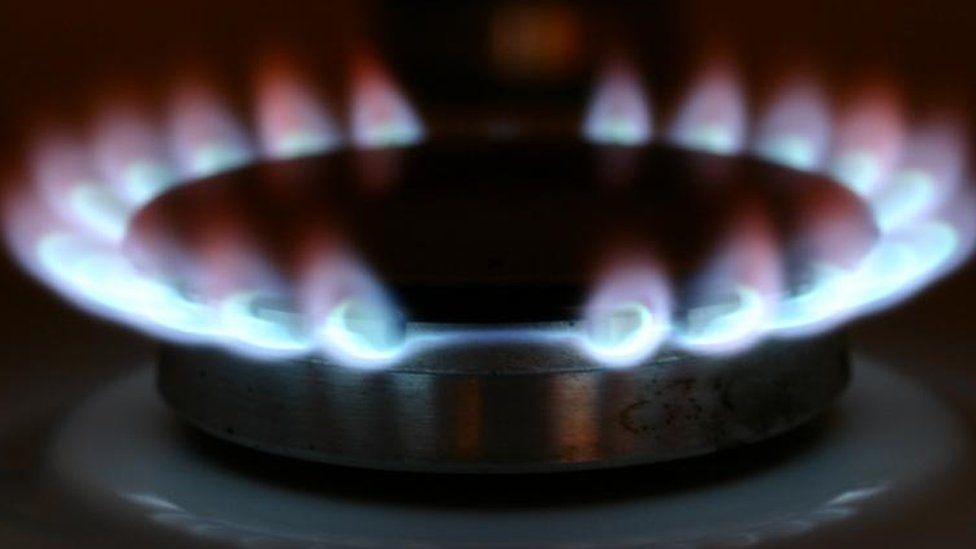Eurozone inflation jumps in January
- Published

The spike in inflation was driven by an 8.1% jump in energy prices
The eurozone's economy is showing signs of recovery after the latest data pointed to a fall in unemployment while growth and inflation picked up.
Rising energy prices pushed inflation to 1.8%, external in January, a near four-year high and up from 1.1% in December.
Eurostat data, external also showed the jobless rate fell to 9.6% in December, the lowest rate since May 2009.
GDP growth, external edged up to 0.5% in the final three months of 2016, up from 0.4% in the previous quarter.
Core measure
The rise in eurozone inflation last month was driven by an 8.1% jump in energy prices in January compared with the year before.
The spike in the rate takes it up to the European Central Bank's inflation target of close to, but below, 2%.
Some have called for the European Central Bank to further scale back its bond-buying programme.
However, the ECB also looks at core inflation, which excludes energy and unprocessed food prices, in its policy decisions, and this rate remained unchanged at 0.9% in January.
In December, the ECB said it would buy bonds worth 60bn euros a month from April. The 80bn euro-a-month quantitative easing scheme had been due to end in March, but was expected to be extended.
The stimulus programme was an effort to increase the supply of money in the economic bloc to keep interest rates low, and encourage borrowing and spending.
Analysis: Andrew Walker, BBC economics correspondent
The European Central Bank's key job is to maintain "price stability" in the Eurozone, which it interprets as inflation of below but close to 2%.
For the last few years it has been wrestling with inflation that its governing council considers too low, at times even below zero - a situation of deflation or falling prices.
That has led the bank to choose very unusual policies intended to stimulate prices rises - ultra-low interest rates (one of its rates is negative) and quantitative easing, buying financial assets with newly created money.
So with inflation now at 1.8%, pretty much in line with the target, is that job done? Time to turn the policy taps off?
Not necessarily. The rise in inflation is down to higher food and especially energy prices. The impact of those factors is likely to fade and other price rises are still relatively slow.
There are different views in the ECB's governing council but the majority are not likely to be in a hurry to get policy back to normal.
'Political uncertainties'
The eurozone's unemployment rate of 9.6% in December was down from 9.7% in November and compares with a rate of 10.5% a year earlier.
The countries with the lowest unemployment rates in December were the Czech Republic (3.5%) and Germany (3.9%), while countries with the highest levels of unemployment were Greece (23.0% in October 2016) and Spain (18.4%).
Despite the pick-up in economic growth during the final quarter of 2016, across the year as a whole eurozone GDP rose by 1.7%, which was down from 2% in 2015.
Analysts also questioned whether the recent improvement could be sustained.
"While recent economic news points to improved growth, we suspect the eurozone may find it difficult to sustain this momentum amid appreciable political uncertainties during 2017 and likely reduced consumer purchasing power due to higher inflation," said Howard Archer, chief UK and European economist at IHS Global Insight.
"Consequently, we suspect that eurozone GDP growth in 2017 will be no more than 1.6%. We also see growth at 1.6% in 2018."
- Published19 January 2017